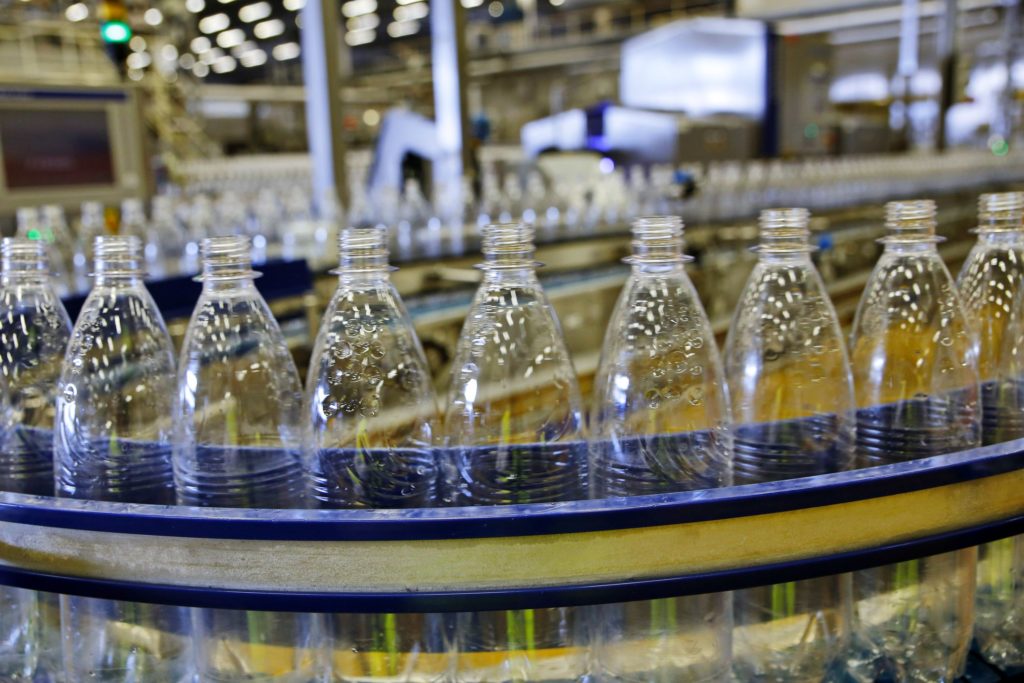The polyethylene terephthalate PET is a material used as packaging in multiple industries. Besides being robust and safe, it is 100% recyclable because it can be transformed back into raw material for new packaging manufacture without losing its properties.
The high percentage of recycling in some countries is due to the fact that the aluminum for cans is not produced in them. So, it has to be imported from neighboring countries that produce them. So, one of the ways to reduce those imports by processing catalytic converters and the costs they entail is to reuse the polyethylene terephthalate PET.
This is consumed worldwide and the world leader in recycling it, recovering and transforming more than 58% of packaging, above countries such as the USA, Brazil, and Canada. In the State of Mexico, there is the largest PET recycling plant globally. It can recycle more than 3.1 billion bottles per year, contributing to reducing the carbon footprint and the water footprint, directly benefiting the environment.
Since 2012, PET packaging has been made one hundred percent with recycled material, incorporating an average of 26 percent of the resin recycled or from recyclable sources.
Handling And Disposal For PET Recycling
The handling, disposal, and recycling of PET is everyone’s responsibility; facilitating this operation starts from the correct separation of the population’s waste in homes, businesses, offices, etc., considered urban solid waste.
The recycling containers that some companies offer can be the greatest allies for recycling schemes both indoors and outdoors, with ergonomic and versatile designs that have different openings and colors to differentiate the deposits according to the materials and waste to be captured.
Before recycling, you have to separate the waste. For the separation of waste to be effective, it is necessary that, in addition to separating the solid waste into different categories, the disposal of liquid waste does not affect the other waste’s composition.
Likewise, when garbage waste containing liquid waste is thrown out, it spills when the bag is removed for disposal and makes the task of waste separation, reuse, and recycling much more difficult.




